Final projects:
LEARNING LABS
All participants finished the program with spectacular real-world solving projects inspired by their own realities.
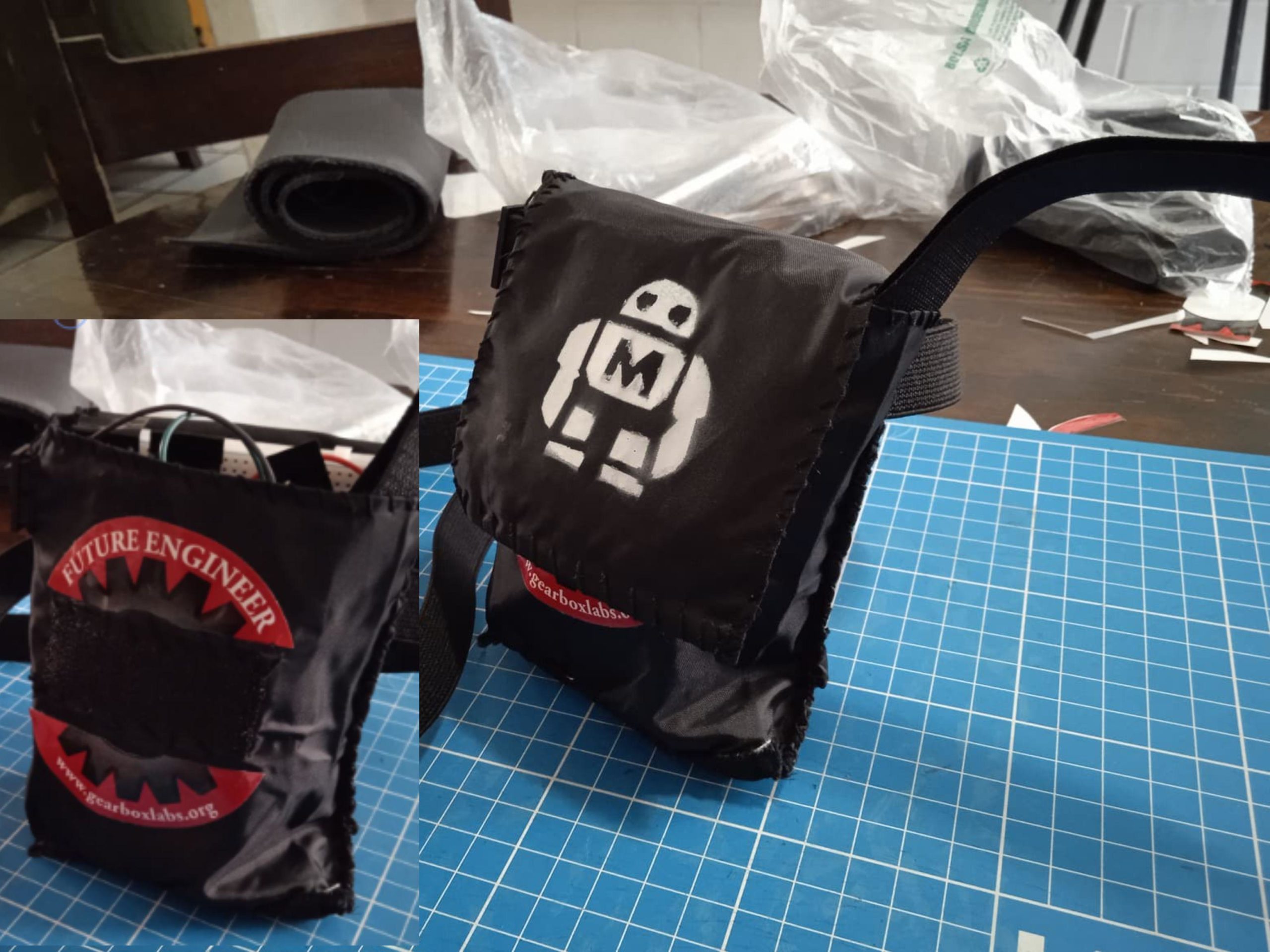
SOS WMN project had the goal of creating an easy-to-use security device to protect women from gender-based crime & violence in public.
The device is concealed in a wearable case that can be conveniently worn on various parts of the user’s body to adjust for the type of clothing worn in any given situation without being noticed. The prototype was tasted in Mexico and in the US. The project includes an app for android that can be used as a backup.
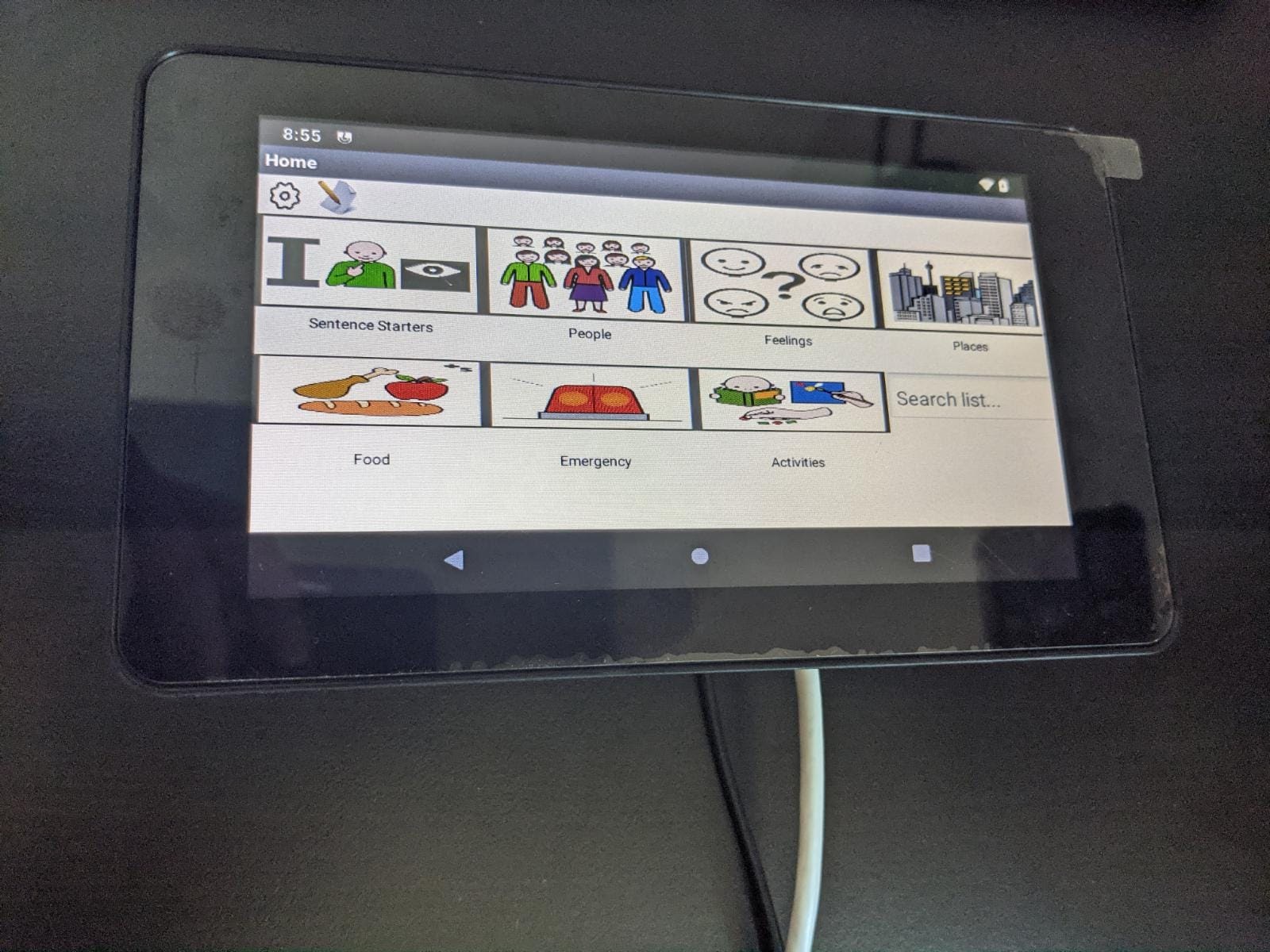
Customizable pocket AAC is an android application that is mounted on Lineage, which is an open source version of Android for Raspberry Pi. This application contains sets of pictures’ lists from which the user can select, using the touchscreen. It then converts those images to text or voice and allows for concatenation of the selected pictures, so the user can form sentences and use them to communicate. The current prototype is in Spanish and English. This project has the ability to create a personal list of words that can be used for emergency situations or just as common words the user needs. This last feature is the most common customization users asked for.
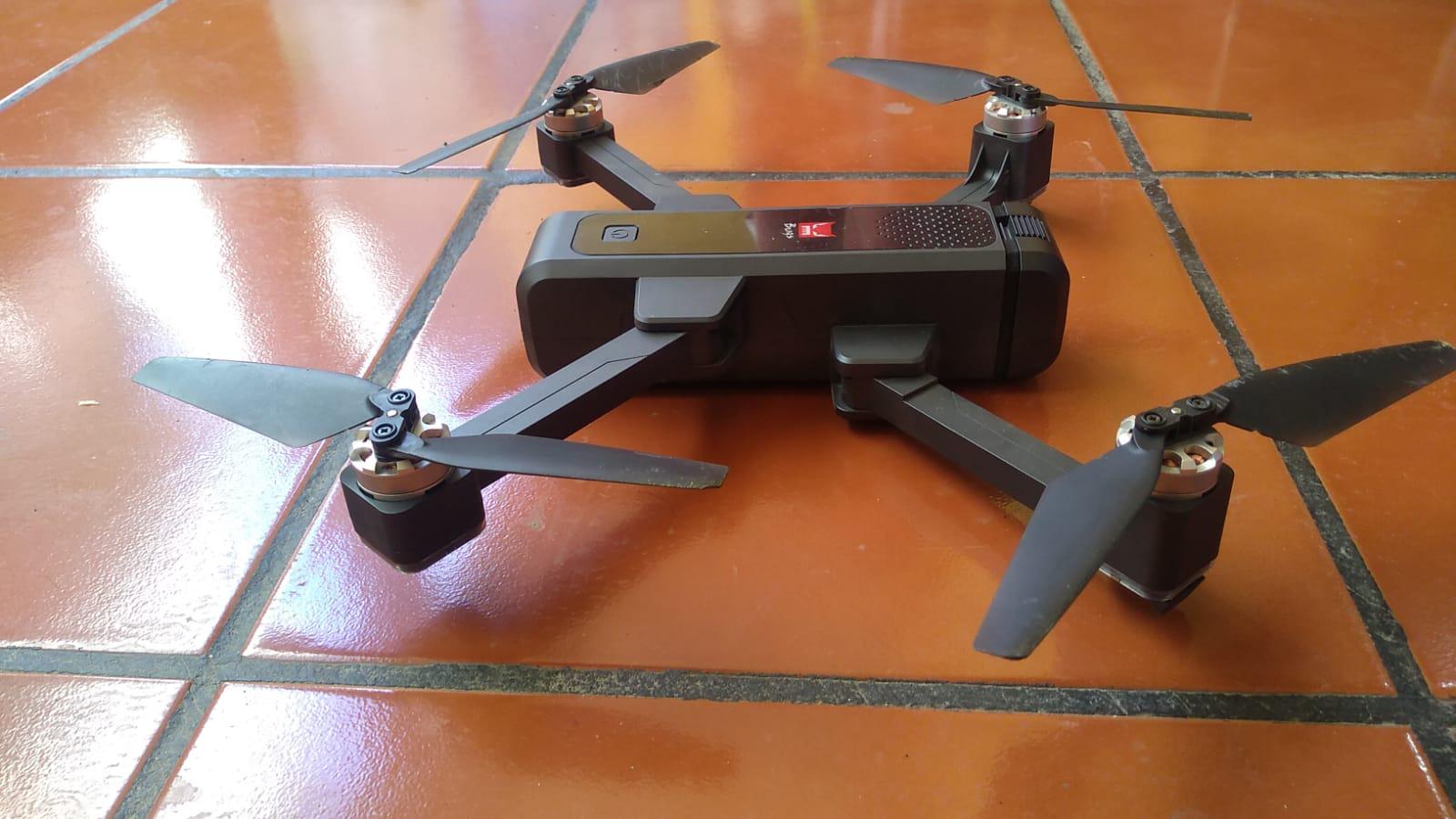
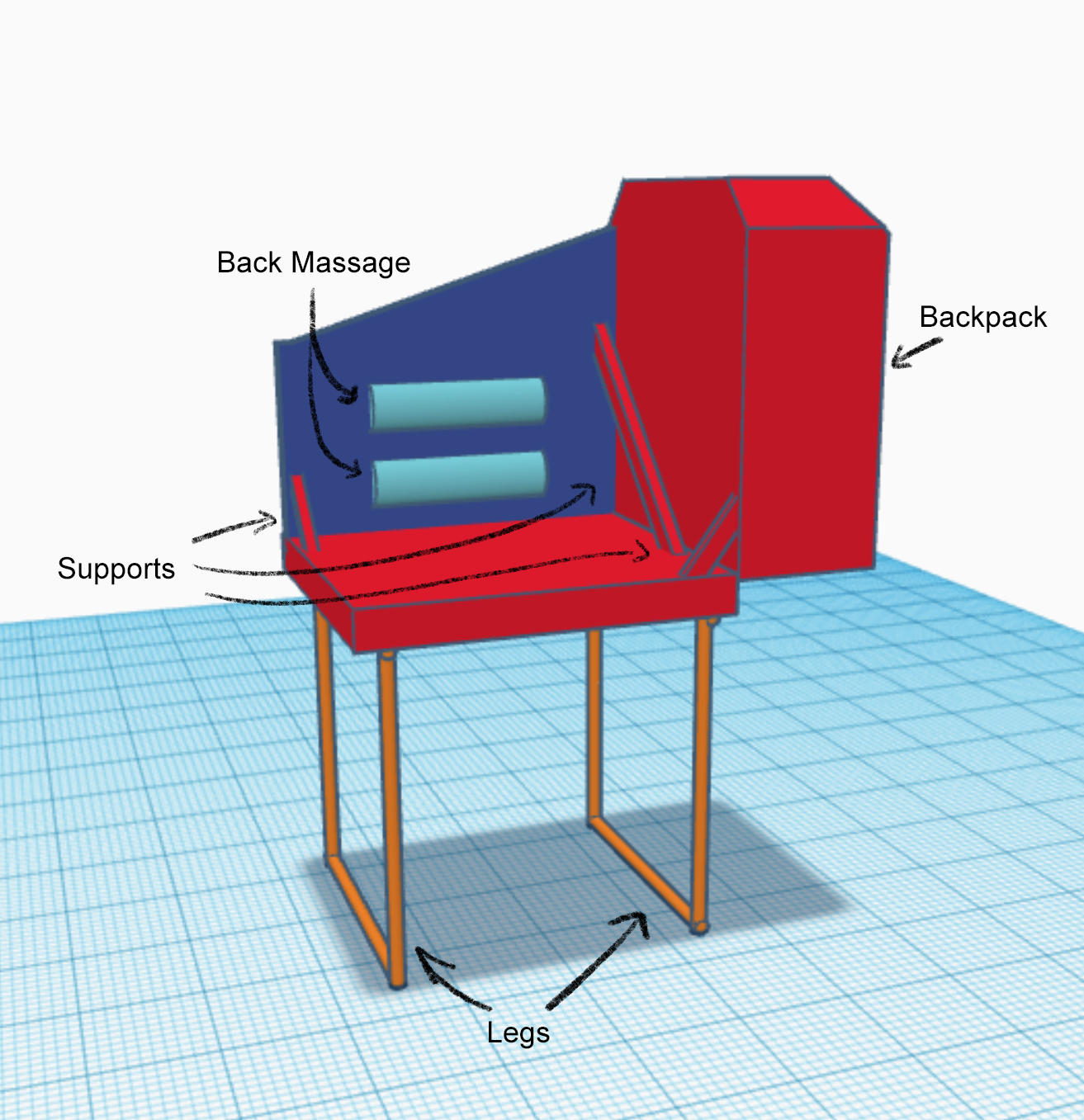
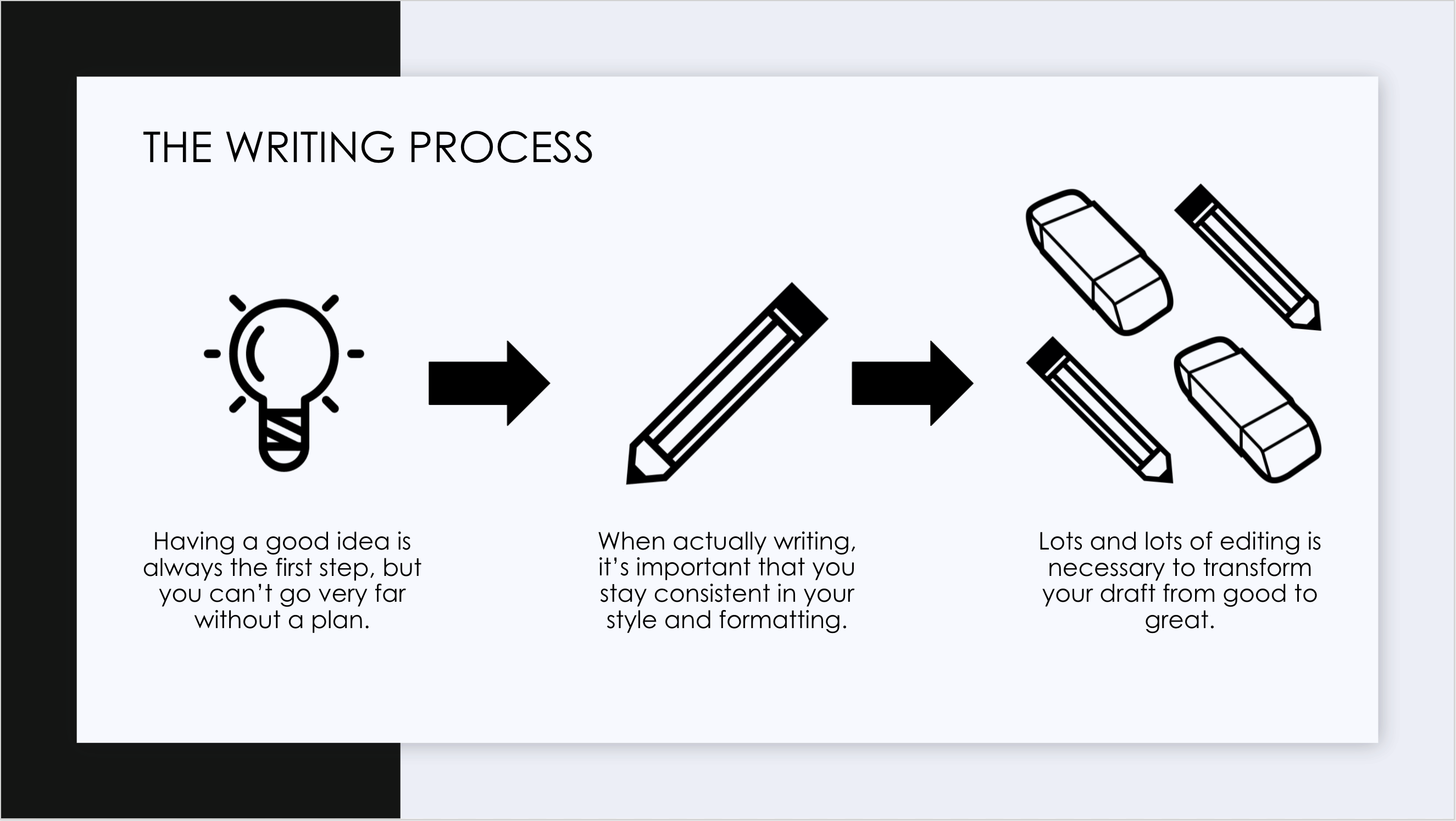
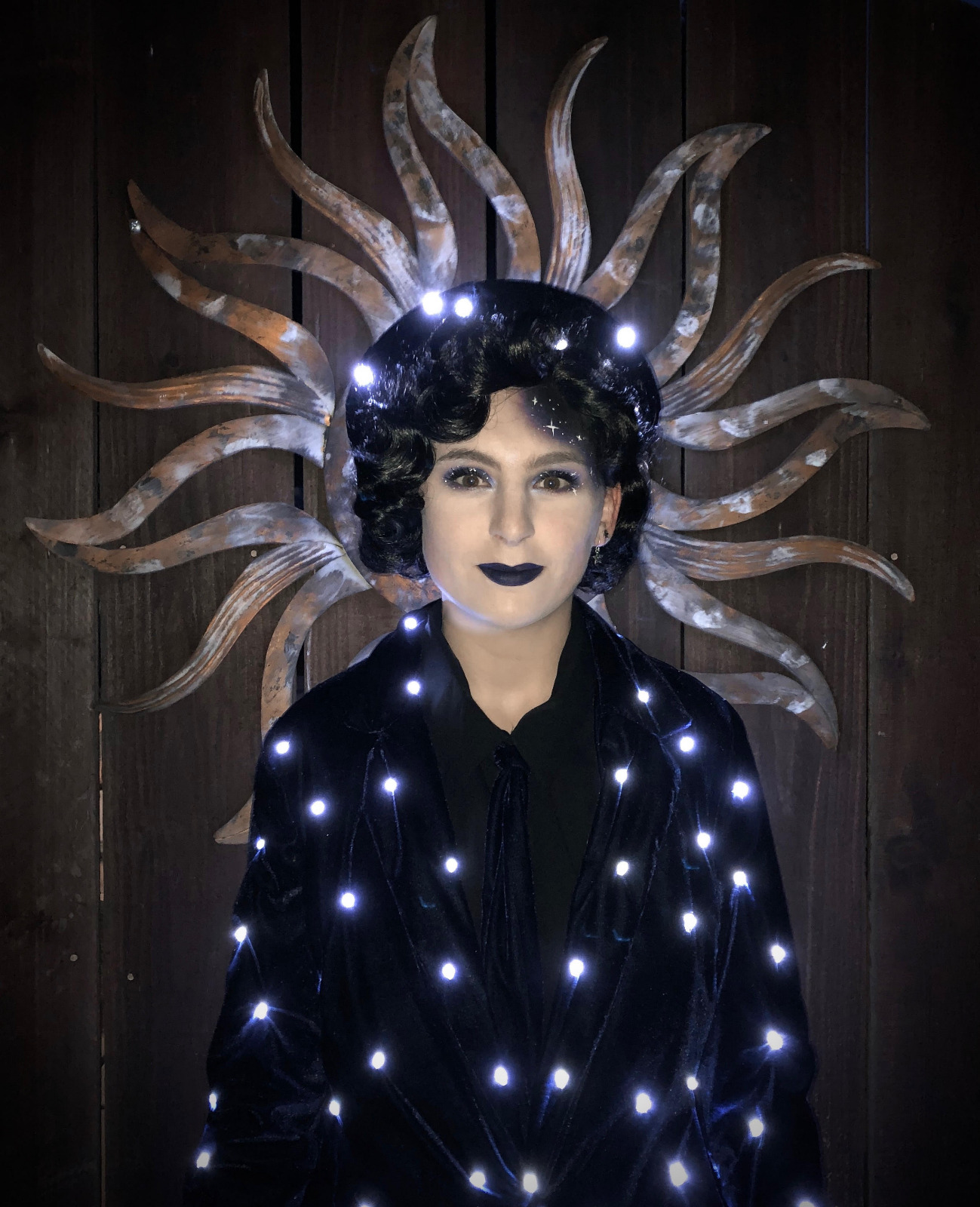
The Mr. Night
Costume



